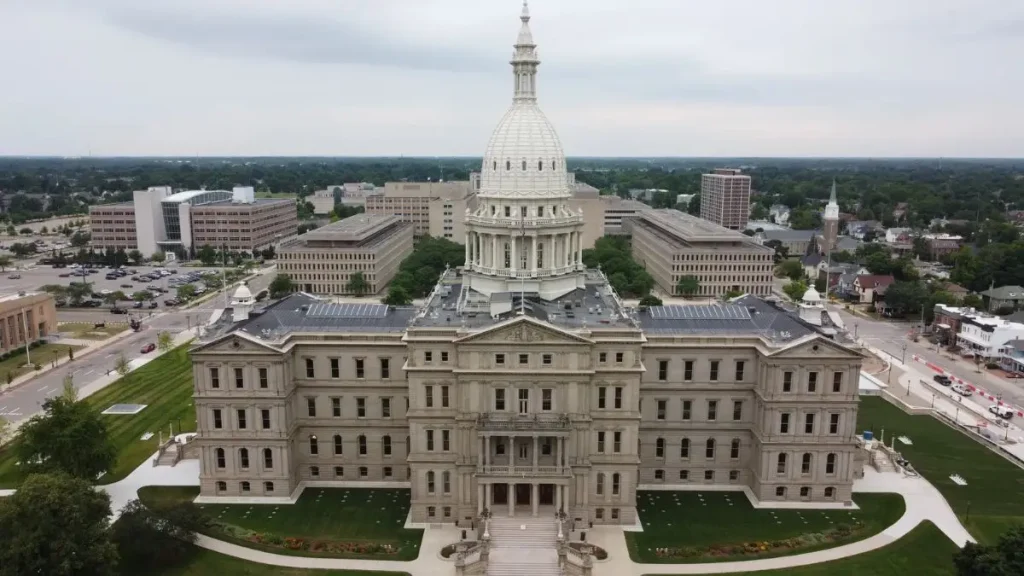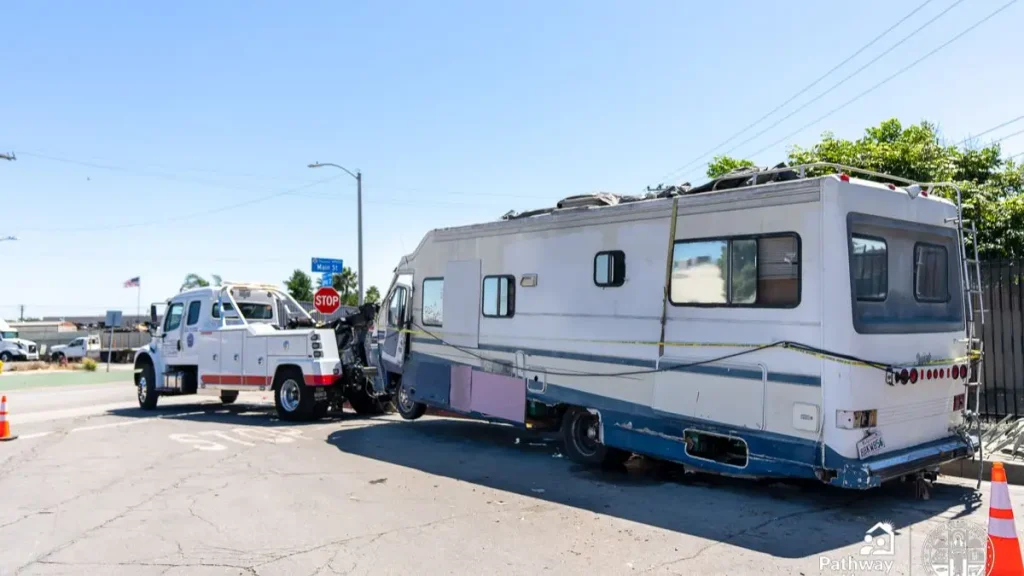Michigan Residents Call on Gov. Whitmer to Address Dam Disaster Fallout
It’s been five years since the Edenville and Sanford dams collapsed in Michigan’s Midland County. I still remember watching the images—neighborhoods underwater, families scrambling to evacuate, the earth ripped open like something out of a disaster film. But this wasn’t a freak accident. And it wasn’t a one-day headline.
If you lived through it, or even followed the news back then, you know it wasn’t just “heavy rain” that did this. Two dams failed. Thousands were forced from their homes. Entire communities were gutted—physically, financially, emotionally.
But here’s what stings most: half a decade later, people are still fighting for justice. Nearly 800 residents just signed a letter to Governor Gretchen Whitmer, pleading for the state to finally take responsibility. Not to pass the buck. Not to point fingers. But to act.
Why now? Because after five years of court battles, blame games, and endless waiting, survivors want more than sympathy. They want resolution. And if you read their stories—the business owners still paying off disaster loans, the disabled man who lost his only accessible home—you’ll understand why.
This disaster wasn’t just about broken dams. It exposed broken systems. And what’s happening right now? That’s the real test of whether Michigan learned anything.
Who Signed the Letter—and What Are They Asking For?
Nearly 800 people—homeowners, business owners, lifelong locals—came together this June to sign a letter addressed to Governor Whitmer. Their message? Stop dragging this out. Step in. Negotiate a fair settlement for what they lost in the 2020 dam failures.
According to Click On Detroit, these signatures came from Midland, Gladwin, and Saginaw counties—three of the hardest-hit areas when the Edenville and Sanford dams gave out. And the letter wasn’t just a formality. It included gut-wrenching personal stories.
Like Denny and Kathy Sian. Their small business was wiped out—more than a million dollars gone. Or Chad Keyes, who lost the only wheelchair-accessible home he could afford. Today, he’s stuck in a place that doesn’t even meet his basic needs.
Then there’s Carl Hamann, who rebuilt—only to end up stuck paying two mortgages. It’s these kinds of stories that make this letter more than just a policy ask. It’s a cry for help from people who’ve waited long enough.
The core demand is simple: end the legal limbo. Start real settlement talks. Not next year. Now.
What Went Wrong—and Who’s Actually Responsible?

When disasters like this happen, we’re always told it was “unforeseeable.” But if you look closely, this one was anything but.
The Detroit News reported that the Edenville Dam had been flagged for safety issues for years—even before Michigan regulators took over oversight from the federal government in 2018. That transfer, by the way, was supposed to improve things. Instead, it turned into a regulatory blind spot.
Boyce Hydro, the private owner of the dams, had a long record of violations. The feds actually revoked their license before the failure. But once Michigan took over, EGLE (the state’s environmental agency) focused more on protecting mussels in the river than addressing the dam’s crumbling condition. That’s not an exaggeration—that’s from the official report.
And here’s the brutal truth: it wasn’t just one bad actor. It was a perfect storm of failed oversight, outdated infrastructure, climate-driven rainfall, and bureaucratic shrugging. Everyone passed the buck—until the water didn’t care anymore.
The most damning part? A forensic team later called the collapse “foreseeable and preventable.” That should tell you everything.
his kind of leadership vacuum was also seen after Texas floods, where action only came after the president stepped in—read how that played out here.
The Fallout—What These Communities Actually Lost
This wasn’t just a flood. It was a complete gutting of communities—street by street, house by house.
Over 20,000 homes and buildings were impacted. Families lost everything—furniture, photos, decades of memories. Infrastructure was shredded: roads collapsed, bridges washed away, some never fully rebuilt. The drinking water? Contaminated. Hundreds of private wells were ruined.
And then there’s the financial toll. Estimates put the damage in the billions, but the real cost is deeper than numbers. Mold took over homes. People were scammed by shady contractors. The emotional trauma? Off the charts.
Mental health providers in the region reported spikes in anxiety, depression, even PTSD. And yet, state-level support has been inconsistent at best. Many are still in debt, still displaced, still waiting.
This wasn’t just a one-time hit. For many, the fallout has been five years of slow-motion collapse.
We’ve been closely tracking survivor stories and recovery tips shared by locals. If you want to see how people are navigating life after disaster, this WhatsApp update feed shares unfiltered snapshots directly from the ground.
The Legal Fight—Where It Stands Now
Here’s the part that gets messy.
Back in May 2025, the Michigan Court of Claims finally ruled that victims can sue the state. That should’ve been a turning point. Instead, it’s turned into more delays, more legal filings, and more waiting.
This June’s letter to the governor wasn’t just about sympathy—it was about urgency. These residents are asking for a negotiated settlement, not a drawn-out courtroom slog that drags on for another 3–5 years. And honestly, who can blame them?
A trial is currently set for early next year. But the clock is ticking. Many survivors are aging. Some have already passed away. Businesses are gone. Families are split. Justice delayed, in cases like this, really does become justice denied.
A similar delay frustrated residents in Missouri, where federal support came only after weeks of uncertainty—here’s how that unfolded.
What’s Still Missing from the Conversation?
Here’s the problem with how most people talk about this disaster: they only focus on the dams.
What’s missing is the bigger picture—and it matters just as much.
First, the environmental fallout. Few outlets mention that Dow Chemical’s complex sits downstream. When the flood hit, it didn’t just destroy homes—it risked unleashing decades-old toxic waste. That kind of contamination doesn’t go away quietly. Yet, long-term cleanup plans? Still vague.
Second, no one’s really talking about infrastructure reform. Sure, the state announced a $4.8 billion investment in dam safety, but where’s the transparency? Where’s the progress report? People in flood-prone areas still don’t know if their dam is next.
And finally—there’s a lack of human focus. Most coverage skips the quiet resilience of these communities: local teams using GIS tools to track flood zones in real time, volunteers rebuilding one home at a time, small-town fundraisers that kept people afloat when no one else showed up.
This isn’t just a story about what went wrong. It’s also about what people did right—and that deserves attention, too.
It reminded me of how Houston neighborhoods came together after the derecho, rebuilding homes and clearing trees block by block—here’s what that looked like.
What Should Gov. Whitmer—and the State—Do Now?

It’s simple. The state needs to act. Not with a press release. Not with a task force. With real action that puts people first.
That starts with negotiating a settlement. If 800 residents are coming together to demand the same thing, it’s not noise—it’s clarity. The longer this drags on, the more damage it does to trust, to livelihoods, and to Michigan’s future credibility.
The governor should also reform how EGLE operates—especially around dam safety. Prioritizing mussels over human lives wasn’t just bad optics, it was a deadly miscalculation.
And if Michigan’s spending billions to improve infrastructure, it needs to report publicly and consistently on where that money is going. People deserve to know if their dam—or their neighbor’s—is being monitored.
Lastly, there has to be support for recovery: mental health services, financial help for families still in debt, and stronger protections against predatory contractors who target disaster zones.
You can’t fix what happened in 2020. But you can choose what happens now.
Final Thoughts
By now, it’s obvious this wasn’t just about heavy rain. The Michigan dam disaster was the result of failed oversight, ignored warnings, and a system that valued bureaucracy over people.
What’s happening today—five years later—is just as important as what happened in 2020.
If you’ve been affected, or you care about how your state handles crisis, this is your moment to speak up. Call your representatives. Share the survivors’ stories. Demand better—not just for Midland, but for every community that could be next.
So tell me—what would you do if the flood came for your town, and no one took responsibility?
Want to stay updated on similar disaster recovery efforts and community action stories? Visit our Disaster & Recovery section here.
Disclaimer: This article is based on publicly available news reports, expert commentary, and community input as of June 2025. It is intended for informational purposes and does not offer legal or financial advice. If you are directly affected by the disaster, consult with a licensed attorney or local authority for specific guidance.


